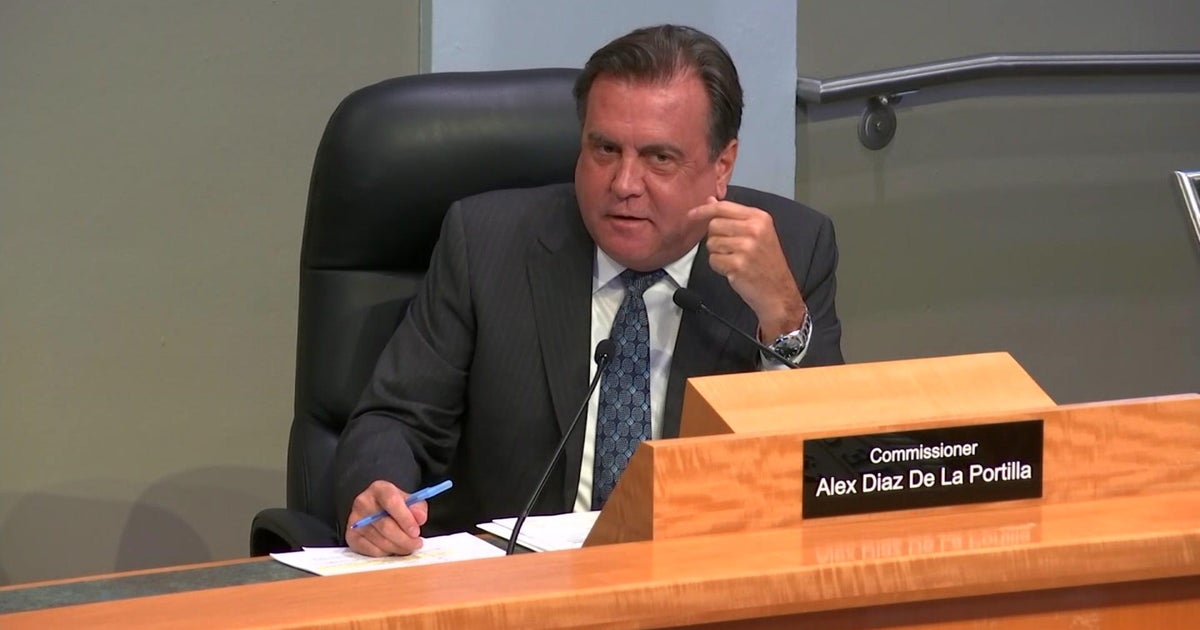Inflation hike: IRS is raising the 401(k) contribution limit by record amount
The IRS on Friday said it is boosting the 2023 contribution limits for 401(k)s by a record $2,000 due to the high pace of inflation, which will allow workers to sock away more money in 2023.
Individuals will be able to save up to $22,500 in their 401(k)s next year, an increase of 9.8% from the current year's limit of $20,500, the agency said in a statement. The new limit also applies to other types of defined contribution plans, including 403(b), most 457 plans and the federal government's Thrift Savings Plan.
- Federal Reserve hikes key interest rate 0.75 percentage point, projects economic slowdown
- Discount stores raising prices at higher rate than many other grocery stores amid inflation
- Americans are piling up credit card debt to cope with inflation
It's the biggest inflation adjustment since 401(k) plans began indexing to inflation in 2007. Typically, the IRS has increased the contribution limit by either $500 a year or kept it at the same level since the plans began instituting cost-of-living increases 15 years ago.
The IRS makes inflation adjustments annually to everything from tax brackets to the Earned Income Tax Credit, but this year's hot inflation means that many of the changes are more significant than in a typical year. Americans are struggling with the highest inflation in 40 years, which is eating into their purchasing power as average wage gains lag the sharp rise in prices.
On Tuesday, the IRS announced higher tax brackets for 2023, which could trim tax bills for many workers next year. Higher contribution limits for retirement plans could also help millions of Americans lower their tax bills, since socking away money for retirement is often made on a tax-deductible basis — in other words, every dollar that is contributed to a 401(k) can be deducted from taxable income.
The IRS said the catch-up contribution for people over 50 who participate in 401(k)s and similar programs will rise to $7,500 in 2023, up from $6,500 in the current year.
"Therefore, participants in 401(k), 403(b), most 457 plans, and the federal government's Thrift Savings Plan who are 50 and older can contribute up to $30,000, starting in 2023," the IRS said in the statement.
New 2023 IRA limit: $6,500
The IRS said the contribution limit for IRAs will increase to $6,500 next year, a boost of 8.3% from the 2022 limit of $6,000.
However, the catch-up contribution for people over the age of 50 will remain at $1,000, because that rule isn't subject to an annual adjustment for inflation, the agency said.
The IRS said it is also boosting the "phase-out" range for whether an individual can deduct their contributions to a traditional IRA. If a taxpayer or their spouse is covered by a workplace retirement plan — like a 401(k) — and earns above a certain amount, they may be limited or prohibited from deducting their IRA contributions from their taxable income.
The IRS said single taxpayers who have a workplace retirement plan will see the phase-out range increased to between $73,000 to $83,000 next year, up from between $68,000 to $78,000 in 2022. That means single taxpayers with a 401(k) or similar type of plan won't be able to deduct an IRA contribution from their taxable income if they earn over $83,000 next year.
Phase-out ranges for other types of taxpayers, such as married couples filing jointly, have also been increased. The IRS has published those new limits here.



